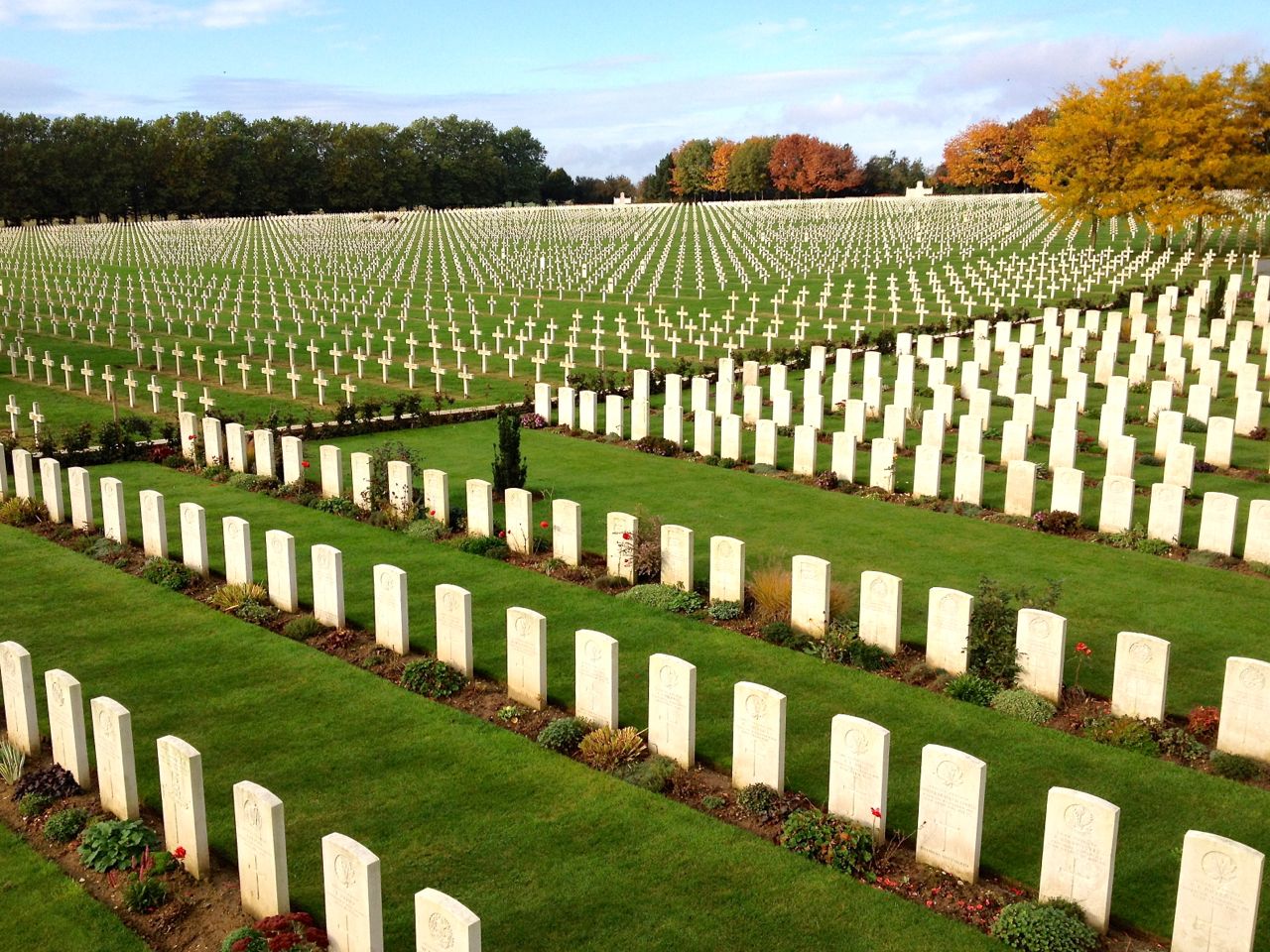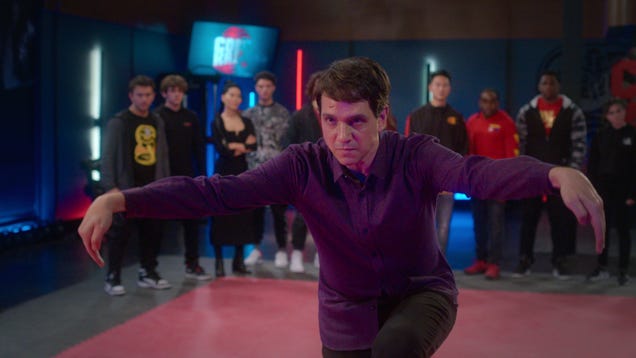Today marks 100 years since the end of fighting in the First World War. It is Armistice Day. For the last few years as each centenary of the events of the war has come, I have seeped myself in the history. It’s no surprise to me my creative life has in the last few years been dominated by echos of the Great War. While writing the Sovietski for Palladium Books I studied the October Revolution and the early days of the Soviet Union to get capture some cultural notes from that period. I was even more drawn into the Great War by working on Wild Skies, my first original game, which is set in an alternate timeline where the war didn’t come to the same relatively tidy end we know from history. Last year I summarized the events of the whole Russian Revolution and its place in the war as near-daily updates on FaceBook. My newest project, called Never Going Home is horror role playing set directly in the trenches. With so many of my creative output focused on this war and its aftermath, I have to acknowledge this day.
Especially this year, today is, for me, a solemn day for remembering the dead. I am staggered nearly to silence by the loss the war inflicted. The rough figure is 16 million people killed by the fighting; soldiers and civilians. With another 20 million soldiers wounded. That’s the war itself, not counting the Spanish Flu, the Russian Revolution, or the conflicts which simmered in the former Ottoman Empire into the 1920s. The numbers have a danger of becoming simply statistics. I find it more arresting to look at pictures of the graveyards which cover the former battlefields. Solemnly look with me.
What was the meaning of so much death? Famously, the war was supposed to “end all wars”, and that certainly hasn’t proven true in the last 100 years. How much more death have we seen then? Too much. Today, I am remembering all the dead. It’s very hard not to be cynical, but I want to celebrate the idea of peace the armistice of 1918 represents. We can stop fighting wars. We can move things to the negotiation table. We can agree not to kill anyone today. Peace is an idea worth working toward.
To be clear, I am not talking about shaking hands with people in my own country with different politics. That’s too easy. I am not saying there are not things like racial justice and clean water which are worth fighting for. There are! Voices must be raised, demonstrations staged, change demanded. I am talking today about questioning the need for weapons technology and political assumptions which lead to bombing villages from airplanes and building missiles capable of crossing oceans. I am affirming today, on Armistice Day, I want to live in a world without armed conflicts, proxy wars and national posturing in the form of military spending.
I know words matter. A call to memorialize all those killed by war is very different from a call to honor the sacrifice of soldiers. I will let others celebrate today as Veteran’s Day. Today I look beyond the need for military might to appreciate the possibilities of peace.
11 November 2018
08 November 2018
Overview: CAPERS by Craig Campbell
Another project I was involved with has reached print. CAPERS is “a super-powered game of gangsters in the Roaring Twenties.” The game first came to my attention almost a year ago when the creator released a preview version to IGDN members. I don’t tend to get too excited about super heroes, but with my head deeply enmeshed in the 1920s and the whole interwar period because of Wild Skies, I decided to see what someone else had done with that time period. All the Jazz Age stuff seemed pretty accurate. Good. Like AMP: Year One before it, I found CAPERS isn’t about super heroes in the comic book sense at all, but about super-powered people. I can get onboard with that. Then reading through the rules, I was fully convinced by the mechanisms. The game uses playing cards for resolution. I ran the sample adventure for my game group. I backed the project on Kickstarter. I met the creator at a convention; turns out he’s a great guy. To cement my involvement with the game, I ended up writing a small amount of content for the game. I even wrote my own adventure and ran it for a local open gaming event. CAPERS is a game that has convinced me to play along at every step. Now that the book is out, I want to talk about it.
The CAPERS book is 163 full-color pages packed with theme. Craig, (I’ll just go ahead and call the designer Craig because we’ve become friendly since we met in person) has done a great job to hit all the notes right to immerse players in that past age. The use of cards for resolution, the appearance of poker chips on the character sheets, Art Deco stylings throughout the book, and choice of a few key game terms like Moxie (a currency players expend to push situations in their favor), to a glossary of ‘20s slang all conspire to put players in the world of the setting. Put on some jazz music, play on a felt topped table and you are there. The book itself is well-printed and there are a ton of extras – don’t have any in hand myself yet, but CAPERS themed playing cards, Moxie cards, maps, GM screen, and adventures are all available. Lots of stuff for you if you like physical bits at your table.
I want to talk about the art quickly. It is all by Beth Varni. She has done a good job with the period look. Full color means all the art is digitally painted so it all pops on the page. Something I also appreciate is the choice to display counterfactual diversity. Not that there weren’t women and African Americans in the U.S. in the 1920s, just that they don’t show up in most of the images of the time. Varni’s art shows people of all sorts doing all sorts of things. Black casino owners, women with tommy guns, female Federal agents, Hispanic and Asian names and faces… It’s great to see this kind of inclusion. It isn’t just the art, either. Gender and ethnic diversity is built into all the NPCs. Well done, NerdBurger.
At the center of gameplay is a straightforward card-based mechanism. The Game Master sets a Target Score for whatever Checks players attempt (average is 8). The player then draws from their personal deck of standard playing cards trying to draw a card which meets or exceeds the TS. Jack-Ace serve as 11-14. Players may draw a number of cards equal to the applicable Trait. For example, if a character with 3 Agility wants to do a backflip (TS 10), they have three chances (called Card Count) to draw a card which is ten or higher, with the ability to stay at any time. A lot of nuance comes into the system around this core card draw system. Skills and spending Moxie add to Card Count, the suit of the card the player stays on can add a Boon or Complication, jokers are either very good or very bad, plus a few other things. In practice I have found a lot of tension comes in when a player is looking at a success with a Complication and wondering if they should draw again knowing they could just a likely draw a success with a Boon or end up with a total failure. It is a great system, which is both easy to learn and fast-playing at the table. I believe Craig even put the rule set out under a creative commons license as CAPERS CORE, so it’s out there for anyone to use.
The other things in the game are a primer on 1920s culture and bootlegging gangs, a section of powers (which work the same as other Checks) with 25 minor and 15 major powers which includes Cold Beam, Flight, Goo Generation, Probability Manipulation, Super Strength and Weather Manipulation, extensive setting information for gangster hot spots like Atlantic City, Chicago and New York City; with ten other cities profiled as well (my contribution was to write four of these cities, including my current hometown of Louisville, KY), some ideas for playing in alternate worlds like Capek’s Earth, the Flipside and Omega Earth, plus extensive indexes so you can find just about whatever you are looking for. It’s a great book, very well-produced, and it’s a great game. I recommend it to anyone who likes either the 1920s or super-powers and to anyone looking for a lighter to middle-weight game (similar to Savage Worlds in complexity) which offers a pleasing alternative to dice-based systems.
If CAPERS doesn’t seem like your thing, NerdBurger is raising funds now for a GM-less horror-comedy game called Die Laughing in which players create a very bad and very deadly horror movie. Check that out too.
The CAPERS book is 163 full-color pages packed with theme. Craig, (I’ll just go ahead and call the designer Craig because we’ve become friendly since we met in person) has done a great job to hit all the notes right to immerse players in that past age. The use of cards for resolution, the appearance of poker chips on the character sheets, Art Deco stylings throughout the book, and choice of a few key game terms like Moxie (a currency players expend to push situations in their favor), to a glossary of ‘20s slang all conspire to put players in the world of the setting. Put on some jazz music, play on a felt topped table and you are there. The book itself is well-printed and there are a ton of extras – don’t have any in hand myself yet, but CAPERS themed playing cards, Moxie cards, maps, GM screen, and adventures are all available. Lots of stuff for you if you like physical bits at your table.
I want to talk about the art quickly. It is all by Beth Varni. She has done a good job with the period look. Full color means all the art is digitally painted so it all pops on the page. Something I also appreciate is the choice to display counterfactual diversity. Not that there weren’t women and African Americans in the U.S. in the 1920s, just that they don’t show up in most of the images of the time. Varni’s art shows people of all sorts doing all sorts of things. Black casino owners, women with tommy guns, female Federal agents, Hispanic and Asian names and faces… It’s great to see this kind of inclusion. It isn’t just the art, either. Gender and ethnic diversity is built into all the NPCs. Well done, NerdBurger.
At the center of gameplay is a straightforward card-based mechanism. The Game Master sets a Target Score for whatever Checks players attempt (average is 8). The player then draws from their personal deck of standard playing cards trying to draw a card which meets or exceeds the TS. Jack-Ace serve as 11-14. Players may draw a number of cards equal to the applicable Trait. For example, if a character with 3 Agility wants to do a backflip (TS 10), they have three chances (called Card Count) to draw a card which is ten or higher, with the ability to stay at any time. A lot of nuance comes into the system around this core card draw system. Skills and spending Moxie add to Card Count, the suit of the card the player stays on can add a Boon or Complication, jokers are either very good or very bad, plus a few other things. In practice I have found a lot of tension comes in when a player is looking at a success with a Complication and wondering if they should draw again knowing they could just a likely draw a success with a Boon or end up with a total failure. It is a great system, which is both easy to learn and fast-playing at the table. I believe Craig even put the rule set out under a creative commons license as CAPERS CORE, so it’s out there for anyone to use.
The other things in the game are a primer on 1920s culture and bootlegging gangs, a section of powers (which work the same as other Checks) with 25 minor and 15 major powers which includes Cold Beam, Flight, Goo Generation, Probability Manipulation, Super Strength and Weather Manipulation, extensive setting information for gangster hot spots like Atlantic City, Chicago and New York City; with ten other cities profiled as well (my contribution was to write four of these cities, including my current hometown of Louisville, KY), some ideas for playing in alternate worlds like Capek’s Earth, the Flipside and Omega Earth, plus extensive indexes so you can find just about whatever you are looking for. It’s a great book, very well-produced, and it’s a great game. I recommend it to anyone who likes either the 1920s or super-powers and to anyone looking for a lighter to middle-weight game (similar to Savage Worlds in complexity) which offers a pleasing alternative to dice-based systems.
If CAPERS doesn’t seem like your thing, NerdBurger is raising funds now for a GM-less horror-comedy game called Die Laughing in which players create a very bad and very deadly horror movie. Check that out too.
Subscribe to:
Posts (Atom)





